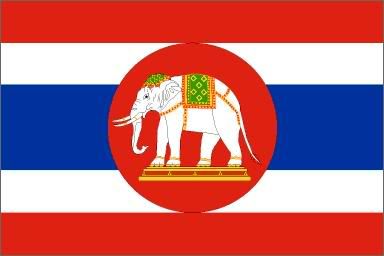ALBUQUERQUE: EARLY HISTORY
The first chapter in Albuquerque: A Narrative History by Marc Simmons (Albuquerque: University Of New Mexico Press, 1982) is a fascinating account of the area's unique geography. I'll reprint that on my main website at a later time.
I did find a nice brief account of the arrival of the Spaniards on the Albuquerque Museum website which I reprint below:
The Founding of AlburquerqueWhile attending classes at the University of New Mexico in the Fall of 1994, I wrote a paper about the controversy surrounding the founding of Albuquerque. I think that, later today, I'll transcribe that paper and post it here.
Don Juan de Oñate, governor and captain general of the Spanish Kingdom of New Mexico, arrived in the Middle Rio Grande Valley in 1598. He quickly recognized the fertile area as an ideal locale for a Spanish community. But Oñate also soon learned the Pueblo Indians claimed almost all of the desirable land. Some of them were less than friendly, so Oñate prudently decided to continue north to explore other sites for the Kingdom's of New Spain's northern capital.
Catholic missionaries, not farmers, first settled in the area that would become Alburquerque, building churches in several pueblos in the early 1600s. During this time the Indian population declined, due largely to the diseases introduced by the settlers. Their lands along the Rio Grande between the Pueblo of Sandia to the north and the Pueblo of Isleta to the south became available to the Spanish colonists.
Although there was no formal villa in the area, by the 1650s several dozen Spanish estancias (farms), were scattered throughout the valley. Among them was the home of Francisco de Trujillo and his wife, dona Luisa, located on the east bank of the Rio Grande amid a large stand of cottonwoods, near present-day Old Town. The property, which came to be known as El Bosque de doña Luisa (the Grove of doña Luisa), was chosen by New Mexico's governor in 1706 to be the site of the Villa de Alburquerque.
In the 1600s, New Mexico was divided into two administrative units along the Rio Grande, the Río Arriba (upper river) and the Río Abajo (lower river), divided by an east- west escarpment twenty miles south of Santa Fe called La Bajada (descent).
Life on the isolated estancias of the Río Abajo continued in a normal routine until 10 August 1680. Pueblo Indians throughout New Mexico suffered repeated assaults from missionaries and Spanish leaders. Determined to rid themselves of their oppressors and their religious intolerance, forced labor and unreasonable levies on food and weaving, the Indians rose in rebellion killing many colonists and priests. They then drove the surviving settlers south, down the Rio Grande, past the Bosque de doña Luisa to Paso del Norte (present day Juarez). After a twelve year absence newly appointed governor of New Mexico, Diego de Vargas and his army, entered New Mexico taking control of Santa Fe and the province.
A statue of Don Francisco Cuervo y Valdés greets visitors to Old Town.
On 23 April 1706 Francisco Cuervo y Valdés, who replaced Governor Vargas in 1704, wrote to the king of Spain and to the viceroy of New Spain he had founded a new villa in New Mexico. Cuervo y Valdés named the community after the viceroy, Fernandez de la Cueva, Duque de Alburquerque. The governor, in his letter wrote:
I certify to his majesty: That I have founded a villa on the banks and in the valley of the River of the North in a place of good fields, waters, pastures, and timber, distant from this villa of Santa Fe about twenty-two leagues,... naming it the Villa of Alburquerque... There are now thirty-five families located there, comprising 252 persons, adults and children. The Church has been completed... the government buildings have been begun, and other houses of the settlers are finished with their corrals, irrigation ditches running, fields sowed—all without any expense to the Royal Treasury.
In creating the new community Governor Cuervo y Valdés failed to follow Spain's legal code when he did not inform the King and Viceroy about the villa. It was highly irregular and presumptuous for a provisional governor to act on his own, especially when Cuervo y Valdés wanted the governorship to be a permanent appointment. He then boldly requested the Duke of Alburquerque to contribute "bells, ornaments, chalices, missals, images and jewels...," for the new church located on Alburquerque's plaza.

ไม่มีความคิดเห็น:
แสดงความคิดเห็น